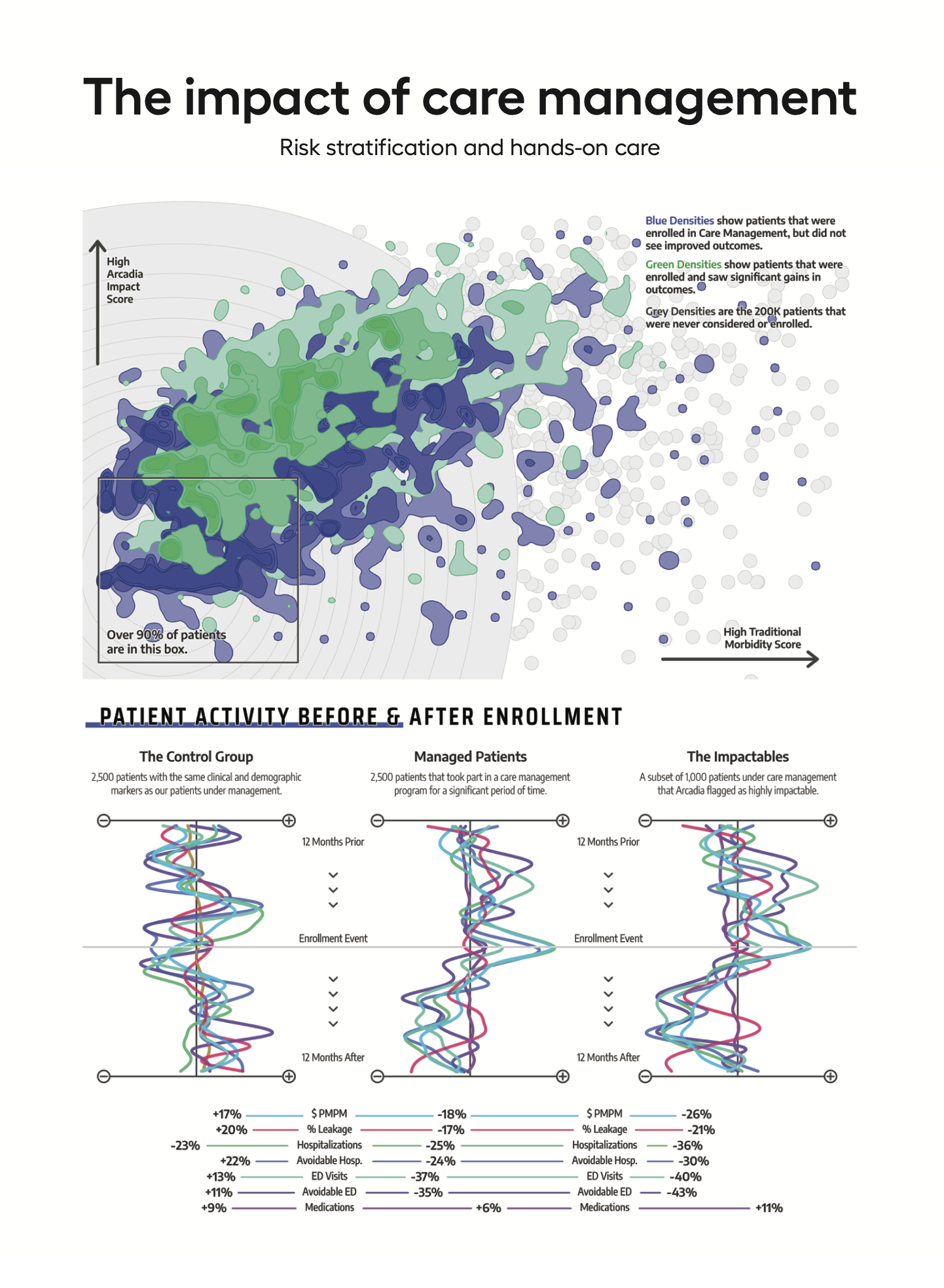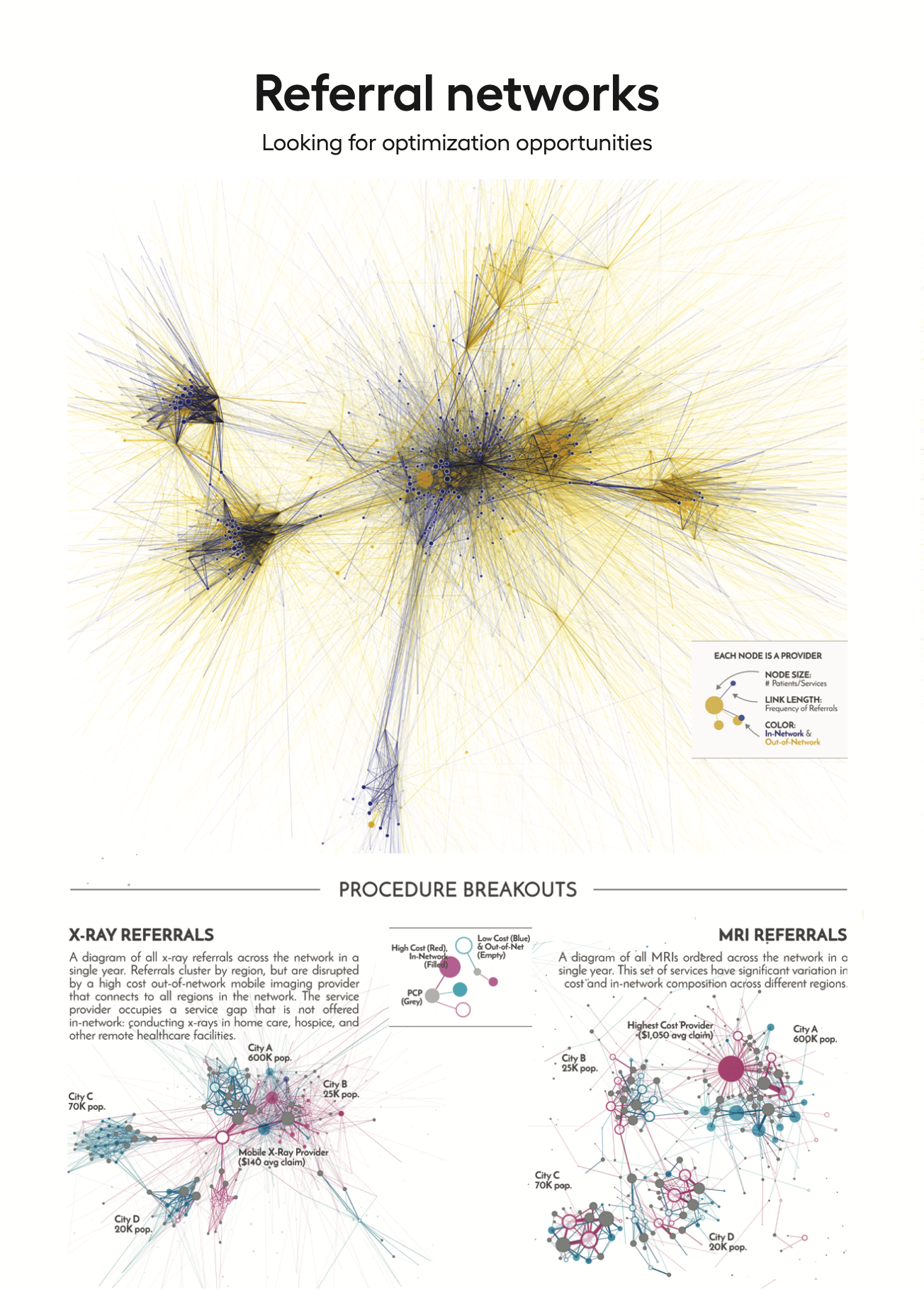arrow_left
arrow_right



I build Search & Graphing products at Datadog. I also teach at CUNY Graduate Center. Before: I studied design at Parsons, built healthcare products at Arcadia, and studied engineering at Brown. I live in Queens, New York.
At Datadog, I conceived and launched Watchdog Explains, an widely-adopted AI feature. Explains automatically identifies which specific dimension is causing a metric anomaly, resulting in proactive issue detection within a few seconds of loading a dashboard. This isolates the root cause right away rather than requiring manual investigation across dozens of dimensions.
Watchdog Explains feature is also a critical tool powering our AI agent: Bits AI. Datadog's AI agent relies on Explains to analyze all Datadog metrics.
I established Datadog's first Applied AI team within Graphing to build this. I owned the feature end-to-end: from early sketches to algorithm iteration, to incremental improvements through dozens of evals and A/B tests. I'm now expanding this foundation by developing ML-based correlation algorithms that detect system-wide patterns across multiple metrics.
As a Staff Product Manager of Investigation and Search at Datadog, I focus on helping customers answer questions faster.
My initial scope was Data Visualization and Querying, where I created more powerful and expressive data analysis tools. I rebuilt the Datadog graph editor to center investigation workflows, shipped a low-code visualization interface that lets customers build any chart on their own, and introduced advanced querying with joins and transformations so customers can contextualize their data. The result: customers are able to answer questions not just about their software systems, but about their business. This keeps customers in Datadog instead of subscribing to other tools.
After scaling the Data Visualization team, I saw the next opportunity: customers had the tools to analyze their data, but finding the answer still required too much manual work. To address this, I created the Automated Investigation team and joined Search as its first PM. I'm now focused on building tools to proactively investigate issues for customers.
I teach Creative Computing at CUNY Graduate Center, where grad students learn to code by building interactive projects from scratch. I'm fascinated by code for creative expression, and love seeing what students create. See my course website if you’re curious.
After years of designing and building interactive apps on the side, I went to grad school for Data Visualization to scratch my creative itch.
My thesis at Parsons, How We Gaze, was a gallery of gazes: it distorts art to reflect how the viewer looks at it. How We Gaze was selected as a winner for the Pudding Cup, an independent data visualization award. Snippets of this project and others below.
I launched two enterprise workflow products at Arcadia from 0 to $XM: Care Manager helps care teams efficiently manage large patient caseloads with predictive risk models and automated workflows, and Referrals streamlines specialist referrals by automatically suggesting in-network, high-quality providers based on patient needs and cost data (see press).
At Arcadia, I learned a lot, made mistakes, and developed my product practice. I also got to be a nerd and build some fun visuals with healthcare data, below.